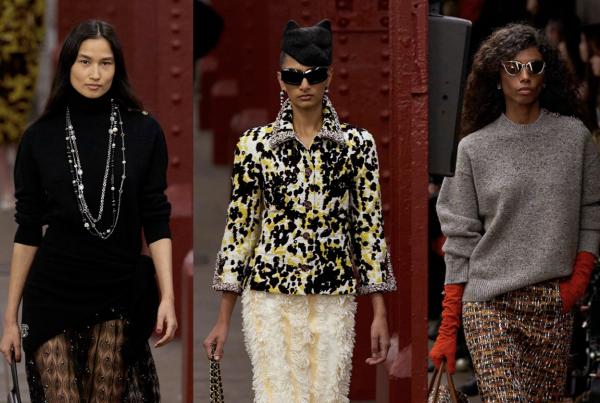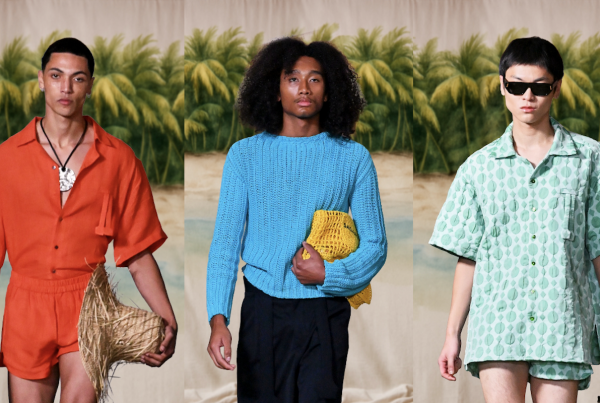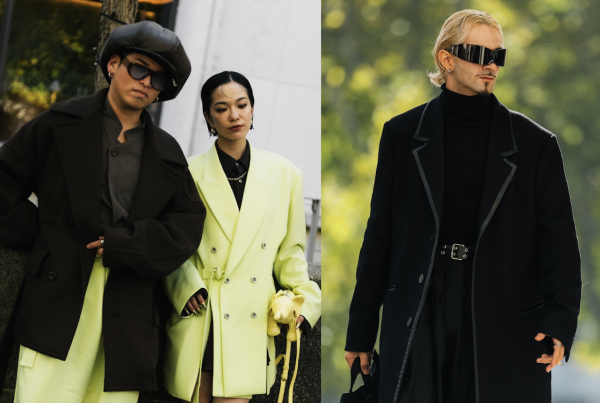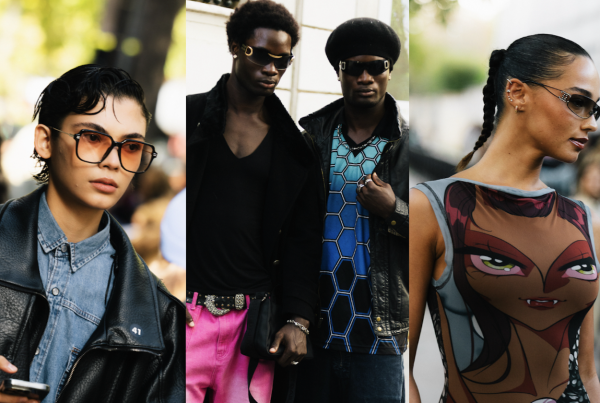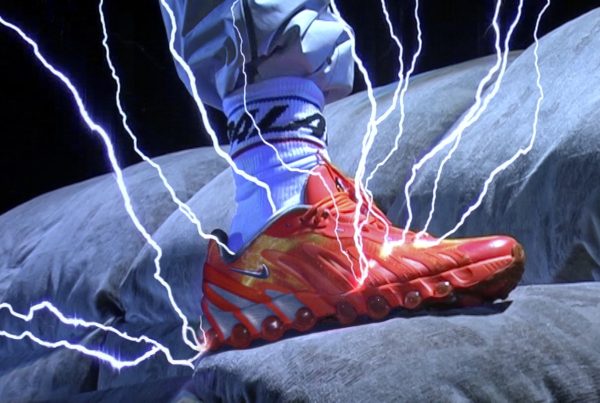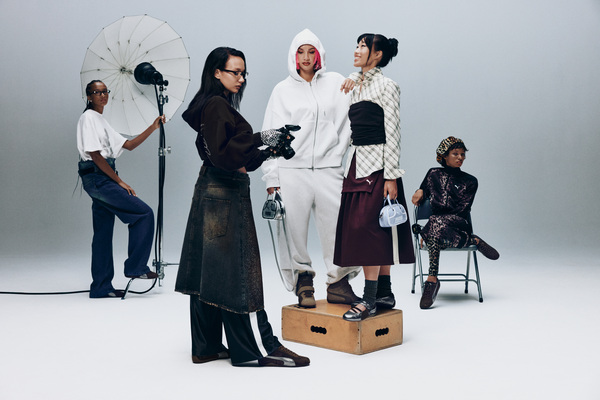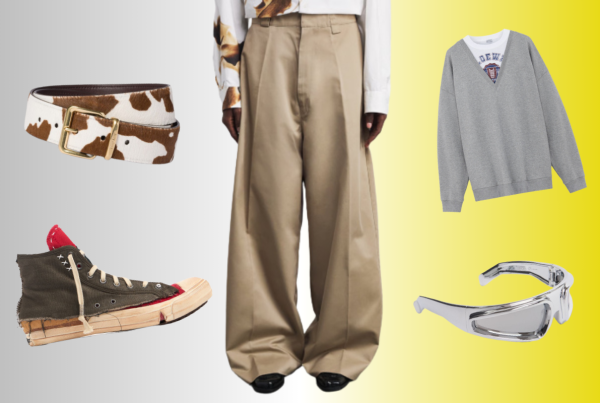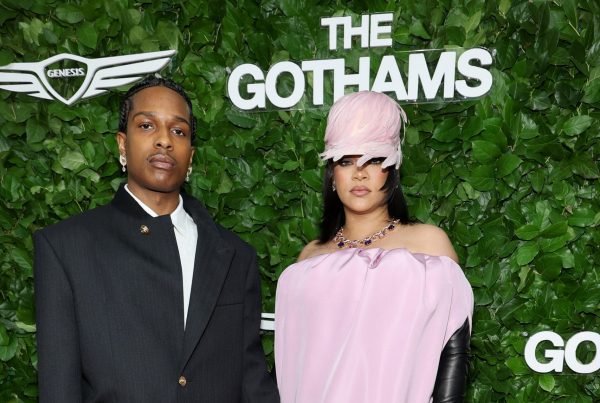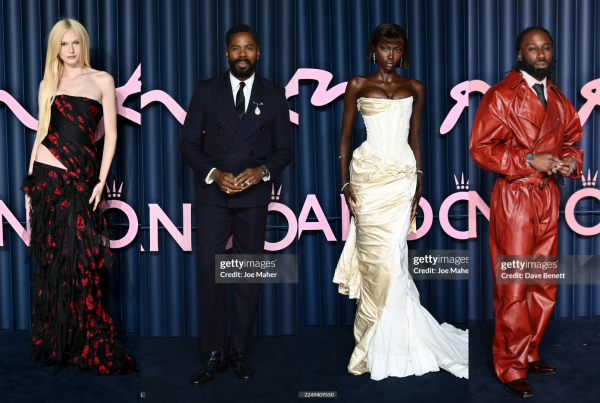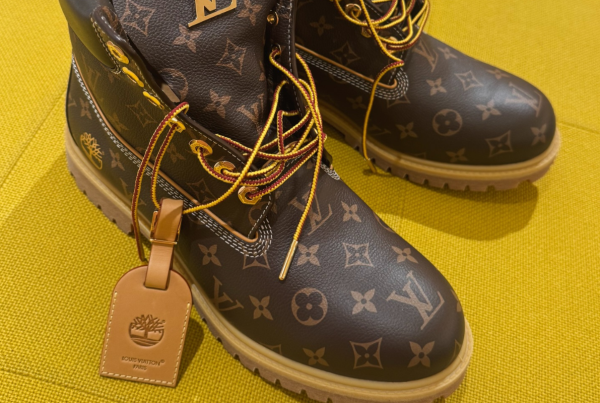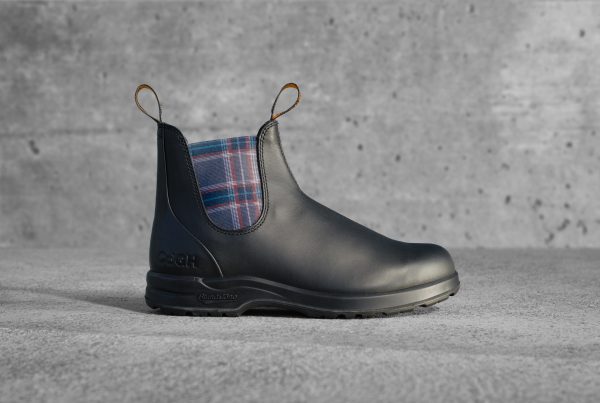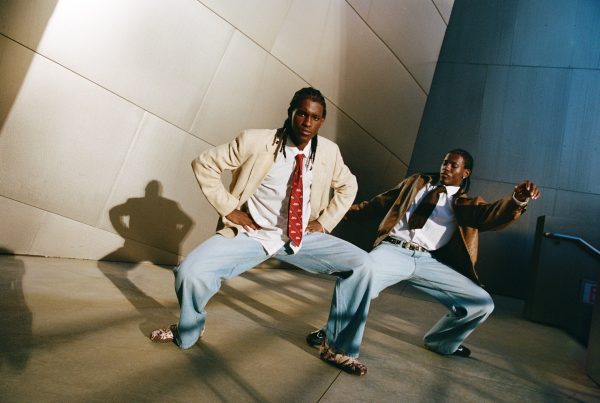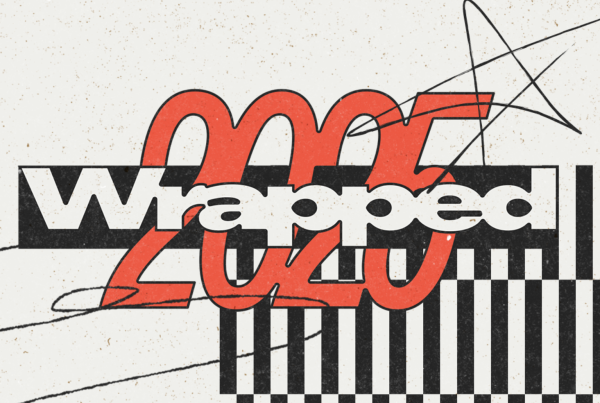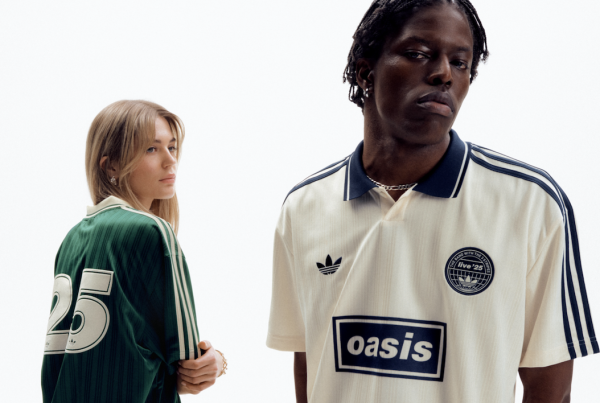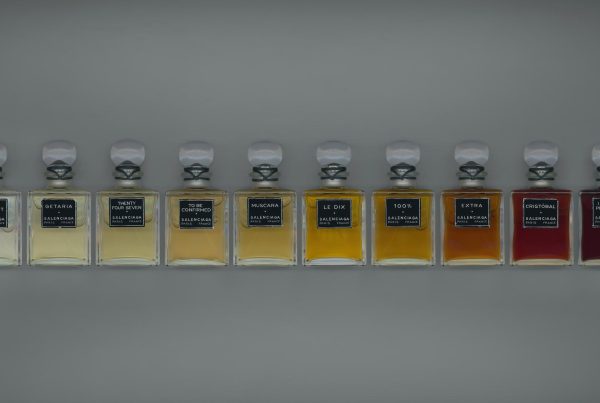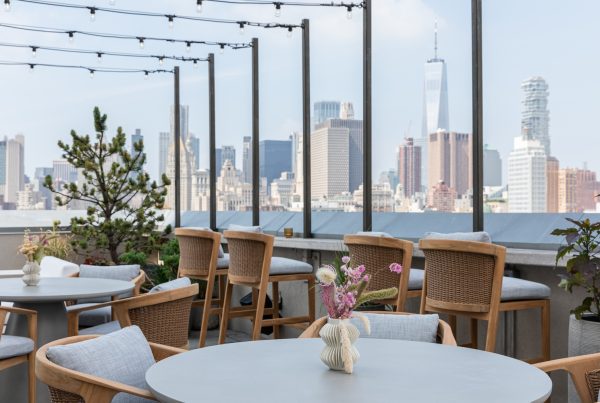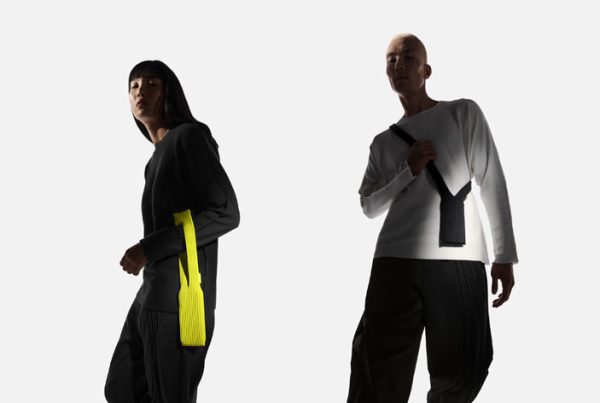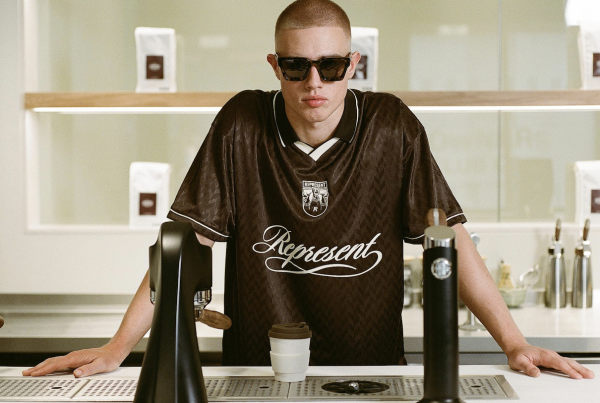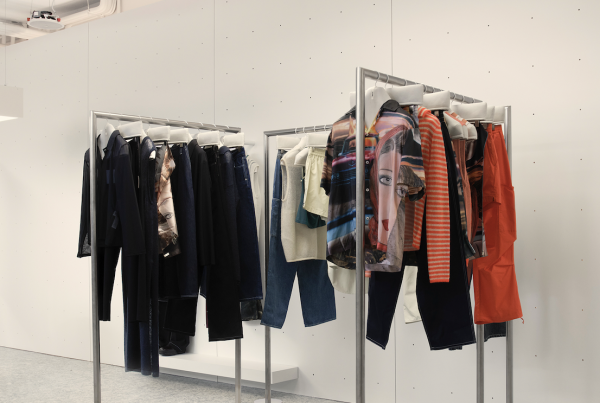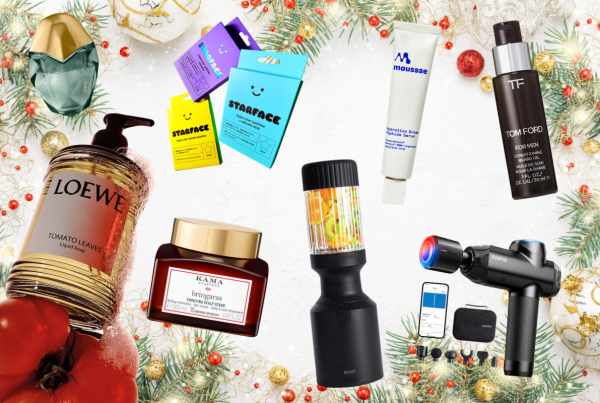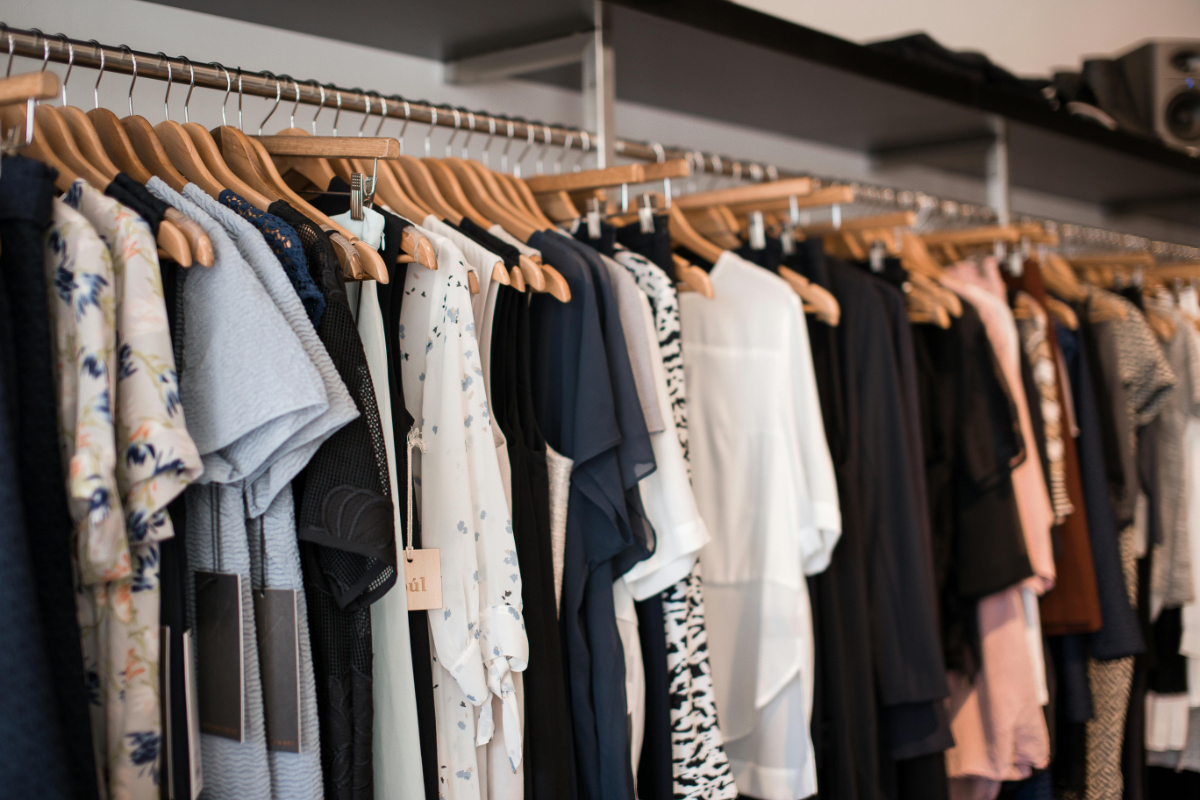 Three AM. Again. You’re hunched over pattern pieces, running on fumes and whatever energy drink you grabbed from the corner shop. The “follow your passion” crowd never mentioned this bit, did they?
Three AM. Again. You’re hunched over pattern pieces, running on fumes and whatever energy drink you grabbed from the corner shop. The “follow your passion” crowd never mentioned this bit, did they?
Welcome to fashion 2025, where burnout is not just common but practically a job requirement. But while everyone’s talking about meditation apps and work-life balance, some of the industry’s sharpest minds have gone rogue. They’re swapping prescription bottles for something way more interesting.
Mushroom gummies are making the rounds—no, not the trippy kind. We’re talking lion’s mane, holy basil, and mushroom gummies designed to keep you cool under pressure, not spaced out. It’s the wellness move nobody saw coming.
The Reality Check Nobody Wants
The numbers don’t lie. Half of working people have burnout symptoms, according to a 2022 Deloitte survey. Creative types? Three times more likely to have mental health problems than everyone else.
Entry-level fashion designers in the UK? £23-24k per year. Try surviving London on that while pulling 60-hour weeks. Vogue Business surveyed 600+ fashion professionals and found exactly what you’d expect—systemic discrimination, impossible lifestyles, and burnout everywhere.
The pandemic made it worse. 67% say their burnout got significantly worse.
Here’s the kicker that should terrify every fashion brand: Stanford research proves creativity dies after 55 hours of work per week. Fashion’s obsession with endless hours literally kills the thing it needs most.
Why Regular Solutions Are Rubbish
Dr. Carolyn Mair from London College of Fashion gets it: “You’ve got to be perfect and you’ve got to be on the ball all the time, you’ve got to be networking, you’ve got to be going to these parties, drinking with the other people… and yet, you’ve got to be up the next day.”
Anxiety meds make you foggy. Sleep pills leave you zombified during crucial creative periods. Pain meds for stress headaches? Hello, addiction risk. None of this works when your job literally depends on sharp thinking.
Smart fashion people started looking elsewhere. They needed something that chilled them out without killing their edge.
Enter the Plant Squad
Adaptogens are basically plants that help your body handle stress without turning you into a zombie. Science backs this up—they’ve got “neuroprotective, anti-fatigue, antidepressive, anxiolytic, nootropic and CNS stimulating activity” whilst avoiding the “addiction, tolerance, and abuse potential” of regular stimulants.
UCLA research explains how they work—they mess with your stress control system (the hypothalamic-pituitary-adrenal axis, if you’re feeling academic). Instead of just masking stress, they help your body actually deal with it better.
These compounds “restore balance to different systems in the body, like your endocrine, nervous, and immune systems.” Balance is exactly what fashion’s chaos destroys.
The mushroom gummies trend makes sense. They’re combining traditional adaptogens like lion’s mane for brain power and holy basil for stress relief. Not your typical recreational products—these are designed to keep you sharp whilst managing anxiety. Think performance enhancement, not party drugs.
What Fashion Insiders Are Really Doing
Several high-profile fashion people have started using adaptogenic protocols, though most keep quiet (industry pressure, obviously). The strategy? Strategic timing—supplements during high-stress periods like Fashion Week or major deadlines.
A 2019 study on ashwagandha found that 240mg daily significantly cut anxiety and depression, whilst lowering morning cortisol in healthy adults. For someone juggling multiple collections and constant creative pressure, that kind of stress control without mental fog is a game-changer.
Cleveland Clinic research shows adaptogens work best short-term—under six months, before your body builds tolerance. Perfect for fashion’s seasonal cycles.
The smart move? Take adaptogenic supplements during collection development, cycle off during calmer periods. Keep them effective.
The Science Bit (But Make It Simple)
When your body freaks out, it dumps cortisol everywhere. This hormone shuts down important stuff like quality sleep and proper digestion, whilst suppressing your immune system.
A ScienceDirect study found that adaptogenic plants like ashwagandha significantly decrease cortisol levels and reduce perceived stress in healthy adults.
This cortisol control is crucial for fashion professionals who need sustained creative energy, rather than the crash-and-burn cycle that stimulants create.
Industry Veterans Speak Out
Calypso Barnum-Bobb left fashion buying after seven years of burnout. Now they coach for Nike and Adidas, emphasising early warning signs: “Listen to the whispers before they become screams.”
Karen Hartley works as both a psychotherapist and a fashion PA. She sees the problem clearly: “Burnout, unfortunately, is often celebrated as a good thing. You’re working so hard that you’re working to your max is sometimes celebrated when it shouldn’t be.”
Fabian Hirose runs burnout prevention workshops for fashion. He points out the industry’s backwards approach: “Fashion companies need to be more responsible with mental health issues amongst their employees… when you go to the banking industry, they send you to coaching or training.”
The Money Problem
This is not just about individual suffering. Harvard and Stanford business schools calculated that job stress costs the US economy $210 billion annually.
For fashion brands, burnout means less creativity, higher turnover, and reduced productivity. Research shows burned-out employees are unproductive for almost 58 days each year.
People experiencing frequent burnout are 2.6 times more likely to start job hunting. In an industry that depends on innovation and tight deadlines, this talent drain is particularly expensive.
What Comes Next
The wellness experiment happening in fashion is not just trend-following, but a matter of survival. Dartmouth Health physician Laurent V. Officer calls adaptogens “relatively safe and pretty mild” options that can help reduce dependence on stronger medications while supporting the body’s natural balance.
We’re probably heading toward more personalised wellness approaches that mix traditional stress management with research-backed natural compounds. The smartest fashion professionals are already testing routines that maintain creative output without the destructive burnout cycle.
But here’s the reality: surface-level wellness initiatives won’t fix fashion’s talent hemorrhage. The industry needs genuine cultural changes that value sustainable creativity over destructive overwork. Alternative wellness tools provide one piece of the puzzle—but only alongside structural reforms that address fashion’s embedded stress culture.
Fashion’s brightest minds are proving you don’t have to wreck your health for great work. The question is not whether alternative wellness will catch on, but how quickly the industry can break free from the toxic patterns that have already cost too much talent.
Sources:
- Business of Fashion – How to Handle Burnout in the Fashion Workplace: https://www.businessoffashion.com/articles/workplace-talent/how-to-handle-burnout-fashion-workplace-advice/
- Business of Fashion – Inside Fashion’s Enduring Mental Health Epidemic: https://www.businessoffashion.com/articles/workplace-talent/inside-fashions-enduring-mental-health-epidemic/
- Business of Fashion – Does Fashion Have a Mental Health Problem?: https://www.businessoffashion.com/articles/workplace-talent/does-the-fashion-industry-have-a-mental-health-problem/
- Vogue Business – Debunking the Dream: Can Fashion Cool Its Burnout Culture?: https://www.voguebusiness.com/fashion/debunking-the-dream-can-fashion-cool-its-burnout-culture-success-survey
- Hubstaff – Burnout Statistics in the Workplace: https://hubstaff.com/blog/burnout-statistics-workplace/
- National Center for Biotechnology Information – Effects of Adaptogens on the Central Nervous System: https://pmc.ncbi.nlm.nih.gov/articles/PMC3991026/
- UCLA Health – What are Adaptogens?: https://www.uclahealth.org/news/article/what-are-adaptogens-and-should-you-be-taking-them
- Moon Juice – The Best Adaptogens for Stress: https://moonjuice.com/blogs/ingredients/best-adaptogens-for-stress
- Cleveland Clinic – What are Adaptogens & Types: https://my.clevelandclinic.org/health/drugs/22361-adaptogens
- PrimeHealth Denver – Adaptogens For Stress Management & Mental Wellness: https://primehealthdenver.com/adaptogens/
- ScienceDirect – The Effect of Adaptogenic Plants on Stress: https://www.sciencedirect.com/science/article/pii/S1756464623002955
- Dartmouth Health – What Are Adaptogens?: https://www.dartmouth-health.org/articles/what-are-adaptogens
- Fashion Minority Report – How to Combat Burnout in the Fashion Industry: https://fashionminorityreport.com/articles/how-to-combat-burnout-in-the-fashion-industry/




